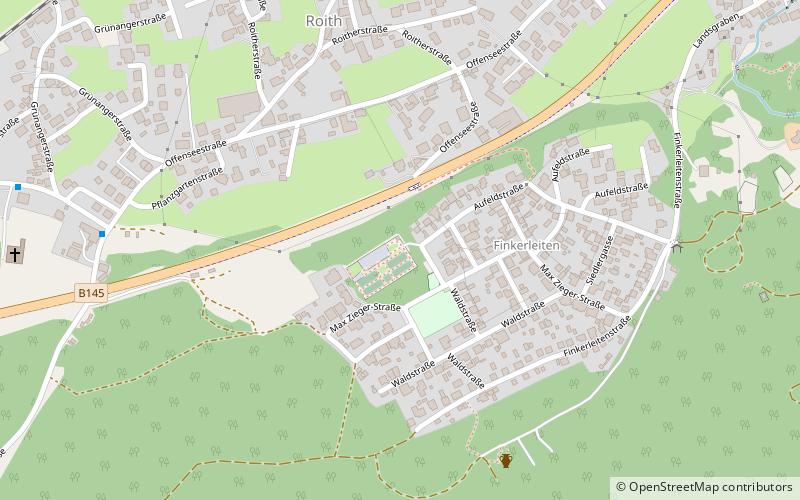Ebensee concentration camp


Facts and practical information
Nestled in the picturesque region of Upper Austria, the Ebensee concentration camp serves as a poignant reminder of the atrocities of World War II. Today, the site operates as a museum dedicated to memorializing the victims and educating visitors about the harrowing events that transpired there.
The Ebensee concentration camp was established in 1943 as part of the Nazi's vast network of forced labor camps. It was primarily used for the construction of underground armaments factories, a response to the increasing Allied bombing of German industrial sites. Prisoners, drawn from across Europe, endured brutal conditions, with starvation, disease, and harsh labor leading to a high mortality rate.
After the war, the camp was liberated by American forces in May 1945, revealing the horrific conditions to the world. The museum that now stands at the site is a testament to the resilience of the human spirit and the importance of remembering the past. It features a range of exhibits that include personal artifacts, photographs, and documents, which offer a glimpse into the lives of those who were imprisoned.
Visitors to the museum can also explore the remnants of the camp's infrastructure, including the prisoners' barracks and the tunnel system where they toiled. The experience is both educational and emotional, providing an opportunity to reflect on the consequences of hatred and intolerance.
Upper Austria
Ebensee concentration camp – popular in the area (distance from the attraction)
Nearby attractions include: Offensee, Traunsee, Wildensee, Langbathseen.






